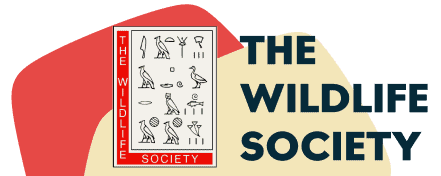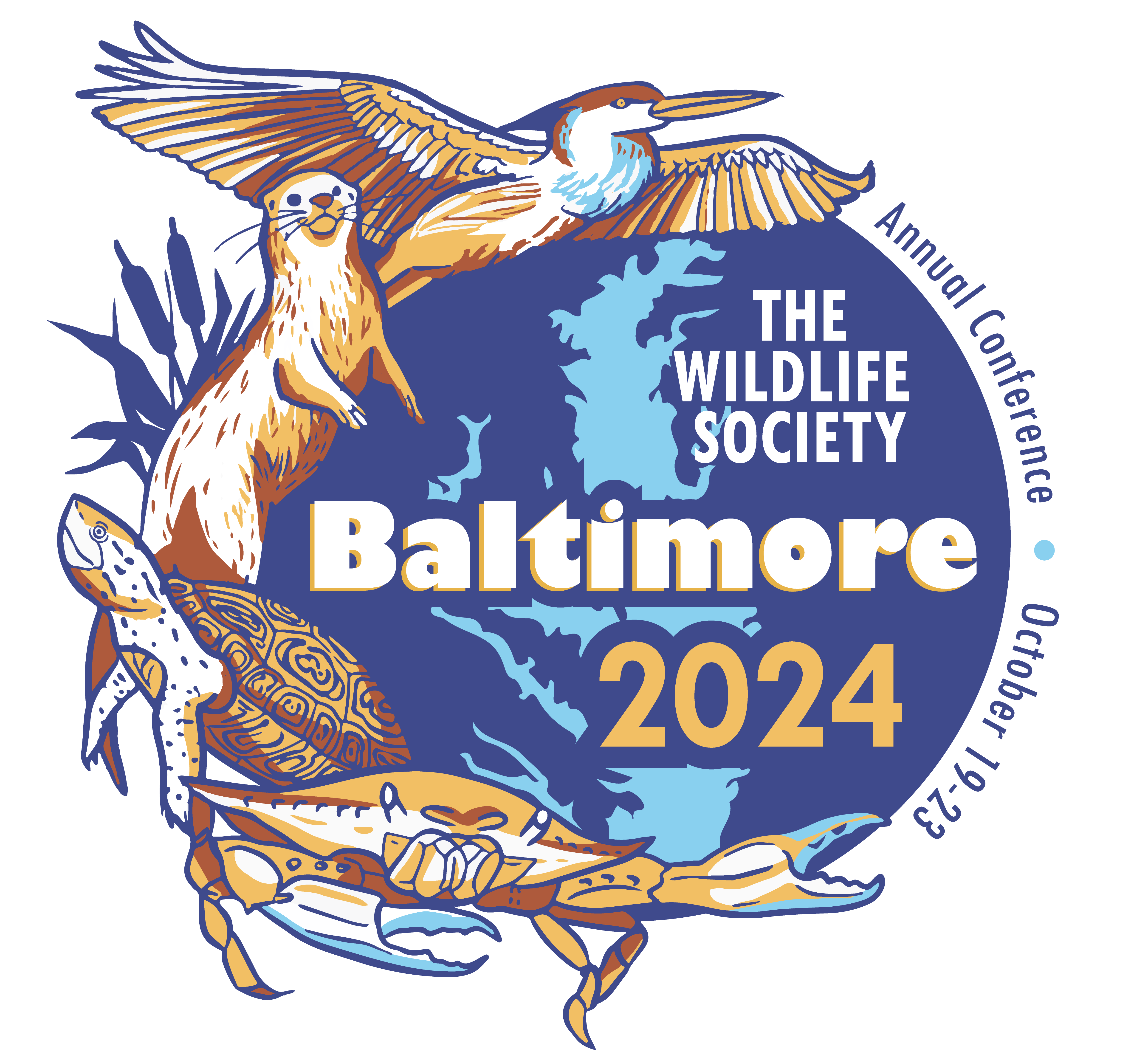- News
-
-
-
-
-
Latest News Articles
- Wildlife Vocalizations: Ana Yoko Meiga September 19, 2024
- Raptor collisions increase around the world September 18, 2024
- Black Mammalogists Week kicks off September 18, 2024
-
-
-
- Wildlife Professional Resources
-
- Our Network
-
- PUBLICATIONS
-
-
Recent Posts
-
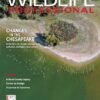 The Wildlife Professional September/October Issue
September 1, 2024
The Wildlife Professional September/October Issue
September 1, 2024
-
-
-
-
-
-
- Wildlife Events
- Who We Are
-
Tag: pollutants
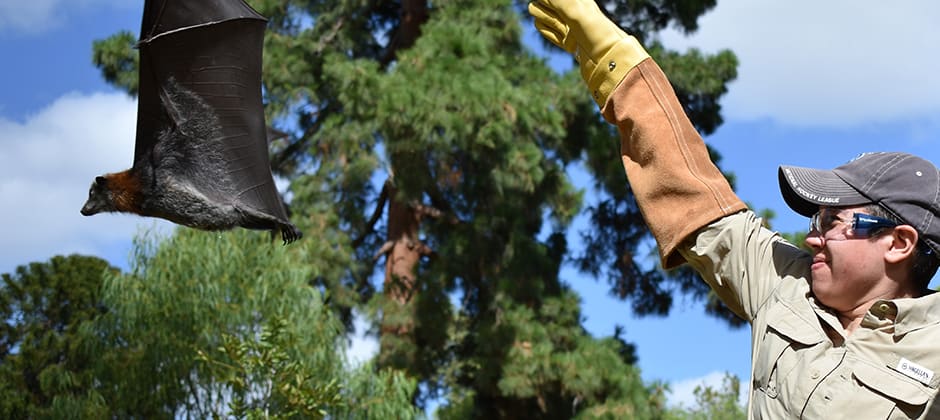
January 26, 2021
Bats face complicated links between contaminants and disease
Cecilia Sánchez was studying flying foxes in Australia when she discovered that bats captured in areas with a larger human impact tended to have higher concentrations of metal contaminants in...
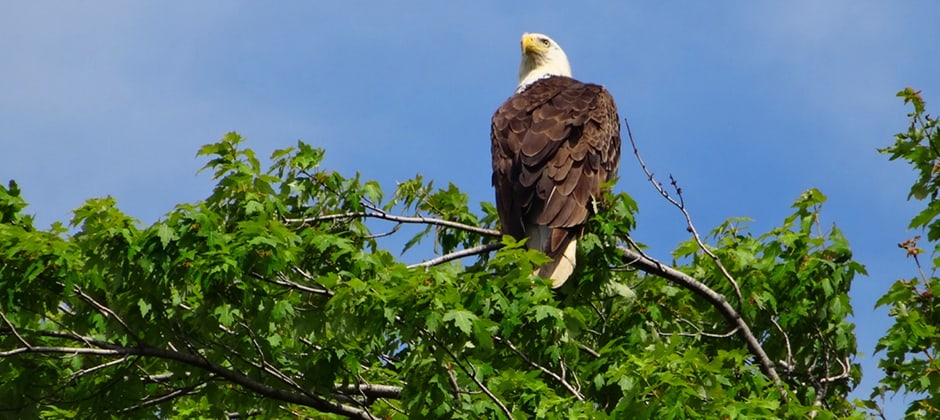
May 8, 2020
High levels of novel chemicals found in Great Lakes eagles
For bald eagles nesting close to the shores of the Great Lakes, high chemical levels — including compounds previously found in the species and new or emerging ones — may...
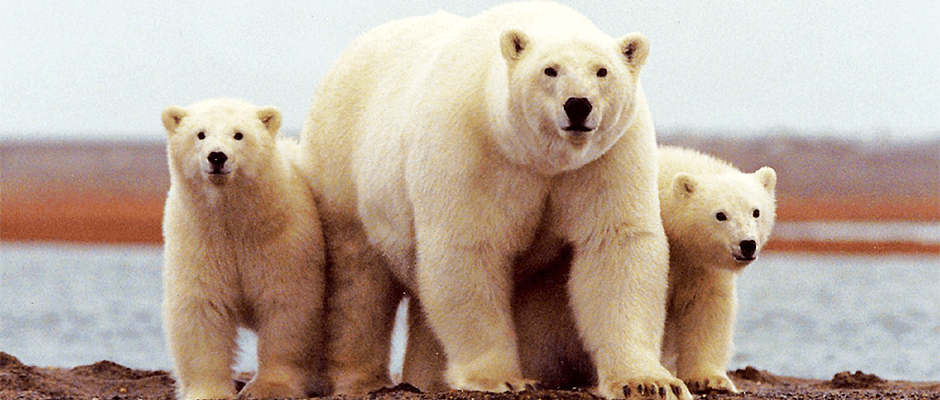
January 10, 2017
Emerging pollutants present serious risk to polar bears, study finds
For years, the polar bear (Ursus maritimus) has been the posterchild of climate change, but recent research reveals that the species also faces a serious threat from a host of...

April 18, 2016
Ospreys recover in Chesapeake despite pollutants
The Chesapeake Bay is now home to around 10,000 mating pairs of ospreys despite constant levels of some chemical pollutants in the water. “The osprey population in the Chesapeake is...
